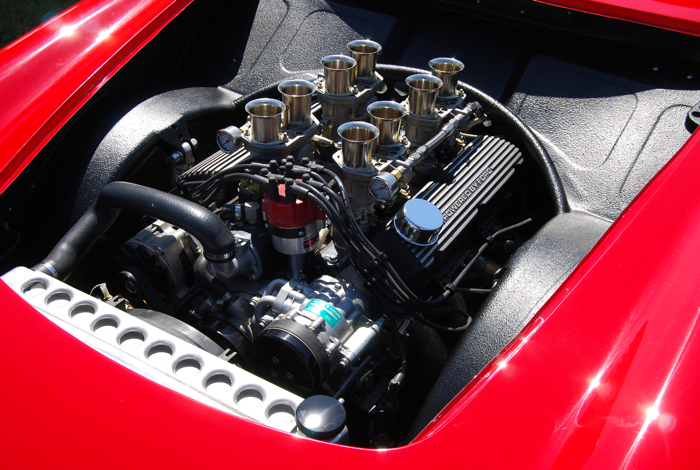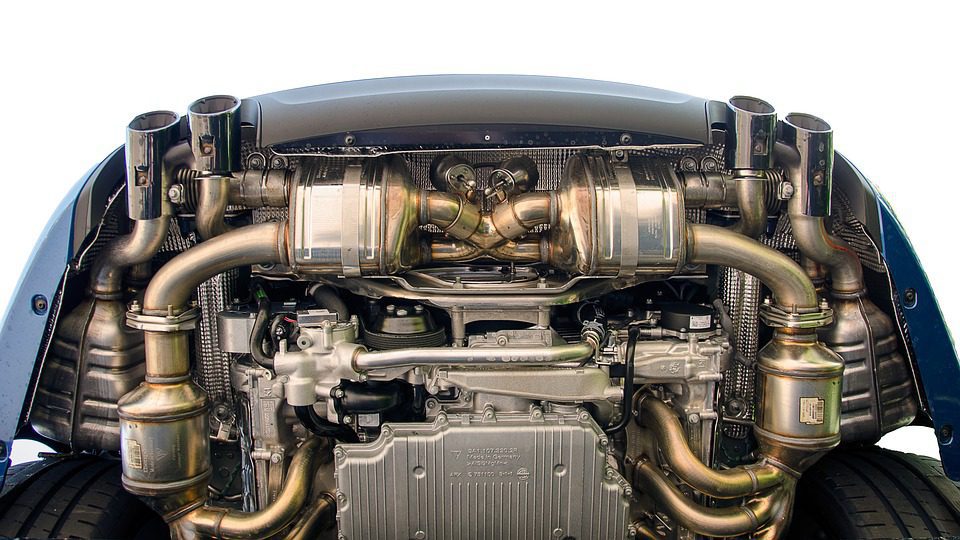Discovering the most effective Bargains on Opel Corsa Engine Components
Discovering the most effective Bargains on Opel Corsa Engine Components
Blog Article
Checking Out the Inner Operation of a Compact Lorry's Engine System
As drivers, we typically take for given the elaborate processes that occur within the confines of our car's engine system. The small yet complicated machinery that moves us forward is a wonder of design accuracy and sychronisation. From the controlled explosions in the burning chamber to the thorough timing of gas injection, every component plays an important function in the smooth operation of the engine. In this expedition of a small car's engine system, we will untangle the internal workings of this mechanical harmony, dropping light on the mysteries that drive us onward on our everyday journeys.
Combustion Process Review
The burning process in a portable car's engine system is a critical system that efficiently converts gas into energy to power the automobile. This procedure happens within the burning chamber of the engine, where fuel and air mix, fire up, and generate regulated surges. The combustion procedure includes four primary phases: intake, power, exhaust, and compression.
Throughout the intake phase, the piston relocates downward, drawing in a mixture of air and gas into the burning chamber. The next phase, compression, includes the piston relocating up, compressing the air-fuel mix to boost its strength. Consequently, in the power phase, the spark plug sparks the pressed mix, causing a rapid development of gases that forces the piston pull back. This downward movement produces the power required to drive the car. In the exhaust stage, the scorched gases are removed from the burning chamber via the exhaust valve, preparing the chamber for the next cycle. This cyclic burning procedure is essential to the procedure of a compact car's engine system, guaranteeing reliable power conversion for propulsion.
Piston and Cyndrical Tube Communication

The piston's precise fit within the cyndrical tube is crucial for keeping ideal compression and avoiding energy loss during burning. Tight clearances between the piston and cyndrical tube wall surfaces guarantee efficient securing, enabling the piston to move efficiently without enabling gases to leak past. Correct lubrication is likewise important to minimize rubbing and use between these parts, improving longevity and efficiency.
Moreover, the style and products utilized in making the piston and cylinder impact engine performance and toughness. Modern engines typically employ light-weight yet resilient materials like aluminum alloys for pistons and cylinder linings to decrease inertia and boost thermal effectiveness. Overall, the harmonious communication between the piston and cyndrical tube is fundamental to the engine's capability and overall efficiency.
Gas Injection System Performance
Gas injection systems in small car engines play a crucial function in specifically delivering fuel to the burning chamber for reliable and controlled ignition. The fuel injection system works by infusing gas into the combustion chamber at the optimum moment during the engine's operation (opel corsa engine). This exact timing ensures that the fuel mixes uniformly with the air for appropriate burning, leading to improved fuel effectiveness and lowered exhausts
There are primarily two sorts of fuel injection systems utilized in small lorry engines: port gas shot (PFI) and straight gas shot (DFI) PFI systems infuse gas right into the consumption port prior to the consumption shutoff, while DFI systems infuse gas straight right into the burning chamber. Both systems have their benefits, with DFI using far better gas atomization and PFI giving a more cost-effective solution.
Understanding Engine Cooling Devices
Reliable procedure of a compact automobile's engine relies greatly on the efficiency of its cooling devices. Engine air conditioning is important to avoid overheating, which can lead to serious damages and reduced performance. The cooling system in a portable vehicle generally consists of numerous elements interacting to control the engine site here temperature. One important part is the radiator, which makes use of coolant to take in heat from the engine. As the warm coolant streams through the radiator, it launches heat right into the air, cooling off before going back to the engine. The Home Page water pump distributes the coolant through the engine and radiator, making certain a constant flow to manage temperature. Additionally, the thermostat assists regulate the coolant flow to keep ideal engine temperature. Some vehicles additionally have cooling followers that activate when added cooling is required, such as throughout rush hour or warm weather. Recognizing these engine cooling systems is vital for keeping the performance and durability of a compact automobile's engine system.

Exhaust System Parts Explained
The optimum performance of a small car's engine cooling mechanisms depends on a complementary system recognized as the exhaust system, which consists of different vital elements for ensuring efficient exhausts and engine efficiency. The exhaust manifold gathers exhaust gases from the engine's paths and cylinders them to the catalytic converter.
One crucial part of the exhaust system is the oxygen sensing unit, which keeps an eye on the oxygen levels in the exhaust gases to help manage fuel consumption and make certain ideal engine performance. opel corsa engine. Additionally, the resonator might review exist in some exhaust systems to reduce sound levels. On the whole, the exhaust system plays a crucial role in keeping engine effectiveness, decreasing harmful exhausts, and guaranteeing a quieter driving experience for portable car proprietors

Conclusion
To conclude, the compact lorry's engine system is a complex mix of parts that interact to help with the burning process, convert gas right into energy, and get rid of waste gases. Understanding the inner workings of the engine system, including the piston and cylinder interaction, gas injection system, engine cooling devices, and exhaust system elements, is important for maintaining optimal performance and efficiency of the car.
The burning procedure in a portable car's engine system is an essential device that efficiently transforms gas right into energy to power the lorry.Fuel injection systems in small lorry engines play a crucial function in exactly delivering fuel to the combustion chamber for effective and controlled ignition.There are mostly 2 kinds of gas shot systems made use of in portable lorry engines: port gas shot (PFI) and straight gas injection (DFI) Comprehending these engine air conditioning systems is crucial for preserving the efficiency and durability of a small car's engine system.
The optimal functioning of a portable vehicle's engine air conditioning devices depends on a corresponding system understood as the exhaust system, which makes up various vital elements for guaranteeing reliable discharges and engine performance.
Report this page